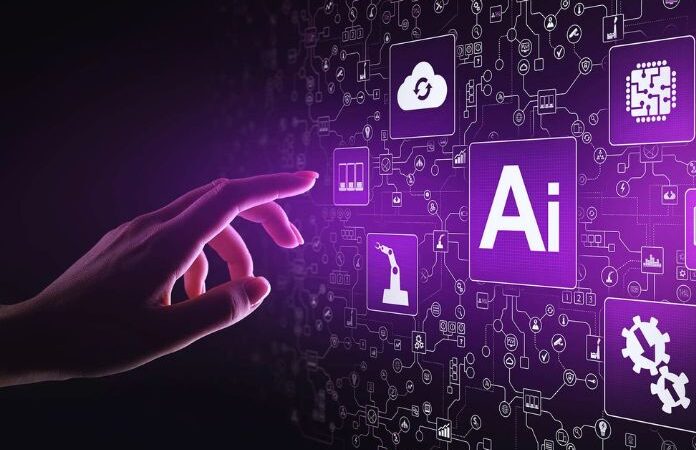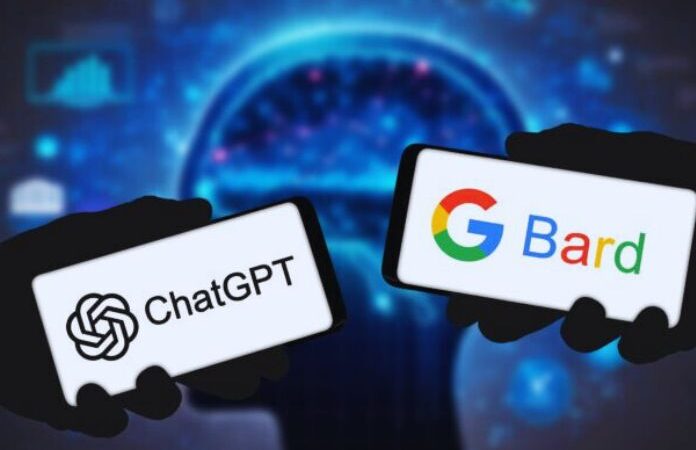The Roles And Events Of The Scrum Method

Table of Contents
The Different Roles In Scrum
The Scrum Master
The role of the SCRUM Master (SM) is basically that of an organizer and facilitator inside the improvement group. He differs generally from a customary task director since he needs to assume responsibility for and control the advancement of the undertaking. Its essential mission is to guarantee that the undertaking group is entirely functional and fit for finishing the duties of every ongoing run.
As an underwriter of interior correspondence, the SCRUM expert gives contact between the advancement group and the item proprietor while guaranteeing the severe utilization of the SCRUM technique all through the venture. What’s more, he takes on regulatory obligations connected with the undertaking.
The Product Owner
The role of the product owner is to lay out a connection between the business and specialized parts of the undertaking. He goes about as a delegate between the client and the advancement group, epitomizing the Scrum item vision. As an essential individual from the gathering, he gets a sense of ownership from composing client stories and staying up-to-date with the latest.
The Development Team
The development team is liable for executing the expected specialized arrangements and completing the fundamental turns of events. The size of this group differs depending on the size of the venture, for the most part comprising 3–10 engineers by and large. In the Scrum procedure, this group works gradually to guarantee the conveyance of parts of the result, every one of which is usable and testable in each run.
What sets an improvement group apart under the Scrum philosophy is its capacity to self-sort out. This multidisciplinary group carries out every one of the essential instruments to ensure conveyances that meet determinations and show up on time.
The Values Of Scrum
F For Focus
The concept of focus comprises guiding the group’s focus toward a limited region during an emphasis. Effectiveness, straightforwardness, and quality stream typically from this methodology. The gathering centers around this addition of the item during the cycle without being diverted by different requests. Concentrate additionally mirrors the craving to focus on things and conveys the components generally essential to the client first.
O For Opening
Working with Scrum includes straightforward correspondence about current and impending work. This comprises advancing caring parity in regards to the improvable parts of coordinated effort and devices through run reviews focused on the consistent improvement of the group.
R For Respect
Respect possesses a focal spot in Scrum reasoning; filling in as a group implies getting a sense of ownership with botches together and commending triumphs together. It’s tied in with perceiving the abilities and freedom of each colleague, helping one another, and advancing towards a shared objective.
C For Courage
The notion of courage is one of the five extraordinary upsides of Scrum. The group should show boldness to deal with complex issues and conquer them through correspondence and everyday help.
E For Commitment
Each member of a Scrum team is actually dedicated to accomplishing the run goals. Scrum works with this responsibility by characterizing a multidisciplinary and self-putting-together group as well as straightforward jobs.
The Four Events Of The Scrum Method
Sprint Planning
The Sprint Planning Meeting is a gathering held toward the beginning of the run. Members survey the item overabundance and attempt to team up and arrive at an agreement on the degree and highlights they focus on conveying toward the finish of the sprint.
Daily Meeting
The daily meeting is a brief meeting that takes place each day of the sprint, usually in the morning. Each member of the team brings to the floor to share:
- Tasks completed the day before,
- The lessons planned for the day,
- Any obstacle encountered,
- crucial information to share.
What sets it apart? The participants remain standing (stand-up meeting), and the session is timed. If a topic exceeds the allotted time, plans are made to schedule a separate appointment with the relevant parties.
Sprint Review
The sprint review is a gathering during which the venture group presents the finished expectations to partners. Past a straightforward show, it comprises a chance to complete a functional exhibit to guarantee that the item meets the necessities communicated by the client.
Retrospective
The Sprint Retrospective is, without a doubt, the essential driver of nonstop improvement. This is a service that unites the whole improvement group toward the end of the run. By evaluating Scrum measurements like burnup, burndown, and speed graphs and participating in straight-to-the-point and intelligent conversations about the past run, the group looks to fortify collaborations among its individuals, increment prosperity, inspiration, and the nature of the item, and, as a rule, its efficiency.






